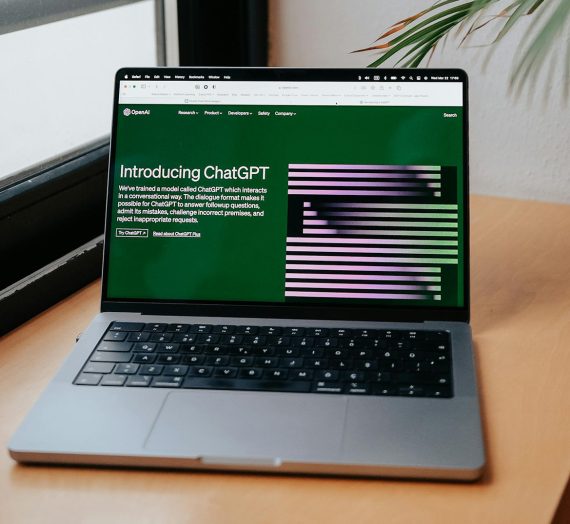Scientific writers have become reliant on the internet as their main source of information, but what are their preferences for their publications?
Since many scientists are using the internet as their main source of information, editors and publishers are left wondering how to best reach these audiences. Asking the scientists themselves could provide insight.
THE RESEARCH
Bo-Christer Björk and Žiga Turk (2000) conducted a study to see how scientific researchers are finding and publishing their information—whether they’re using print media, paying for a journal subscription, finding free research online, or using some other means. Their article titled “How Scientists Retrieve Publications: An Empirical Study of How the Internet Is Overtaking Paper Media” details their research.
Björk and Turk surveyed researchers from the (1) construction information technology and (2) construction management and economic fields. The survey asked the participants 27 major questions and 169 sub-questions about their personal information, methods for finding sources, journals they follow, methods for publishing their own work, and thoughts on electronic publishing.
Their findings indicated that scientific researchers in both areas would prefer to access a free option on an author’s website; if a free version isn’t available, they would rather use another information source altogether. In regard to funding the access, participants were most favorable of professional associations or libraries taking a greater role in publication to decrease costs. Notably, 75% of those surveyed think that it’s important that the information they find online be easily accessible (Björk and Turk 2000). Participants also suggested that they valued the speed of online publication over the slower publication time of print, and a majority of participants “believes that papers on the Web are more likely to… be read by more people than printed articles” (Björk and Turk 2000, under “Views on electronic publishing”).
“A strong majority believes that papers on the Web are more likely to… be read by more people than printed articles.”
Björk and Turk (2000)
THE IMPLICATIONS
Although this study was limited to the research preferences of two specific academic communities, it indicates that publishers need to make sure that their readers can easily and cheaply access their online publications. Although the study was performed in 2000, readers still likely value publications that they can quickly find and access. Scientists hope that their work will be used by other researchers and practitioners, and accessible online articles appear to help them achieve their goal. Based on these findings, publishers and editors should continue to work toward decreasing publishing costs, increasing speed to publication, and increasing accessibility of online research. Otherwise, their audience may look elsewhere for their information.
To find more about print and internet publishing, read the full article:
Björk, Bo-Christer, and Žiga Turk. 2000. “How Scientists Retrieve Publications: An Empirical Study of How the Internet Is Overtaking Paper Media.” Counting the Numbers 6, no. 2 (December). https://quod.lib.umich.edu/j/jep/3336451.0006.202?view=text;rgn=main.
—Amanda Buxton, Editing Research
FEATURE IMAGE BY FABIEN BARRAL
Find more research
To find more information about what electronic journal publishers can learn from printed journals, check out Donald King’s (1998) article: “Designing Electronic Journals with 30 Years of Lessons from Print.” The Socioeconomic Dimensions of Electronic Publishing Vol 4, Issue 2.
To understand more about where editors and publishers should be publishing research, read Björk and Žiga’s (2000) article: “A Survey on the Impact of the Internet on Scientific Publishing in Construction IT and Construction Management.” Journal of Information Technology in Construction Vol. 5, pg. 73–88.





Kenzie Holbrook
Great article! It really shows how things are going digital, and people prefer it. It’s amazing that we can get so many digital publications for free these days!
Online vs Print: The Reality of Digital Reading Comprehension - Editing Research
[…] Take a look at Amanda Buxton’s Editing Research article to learn more about the scientific writing world and their preference for publishing digitally: “Preferences for Internet Publications.” […]